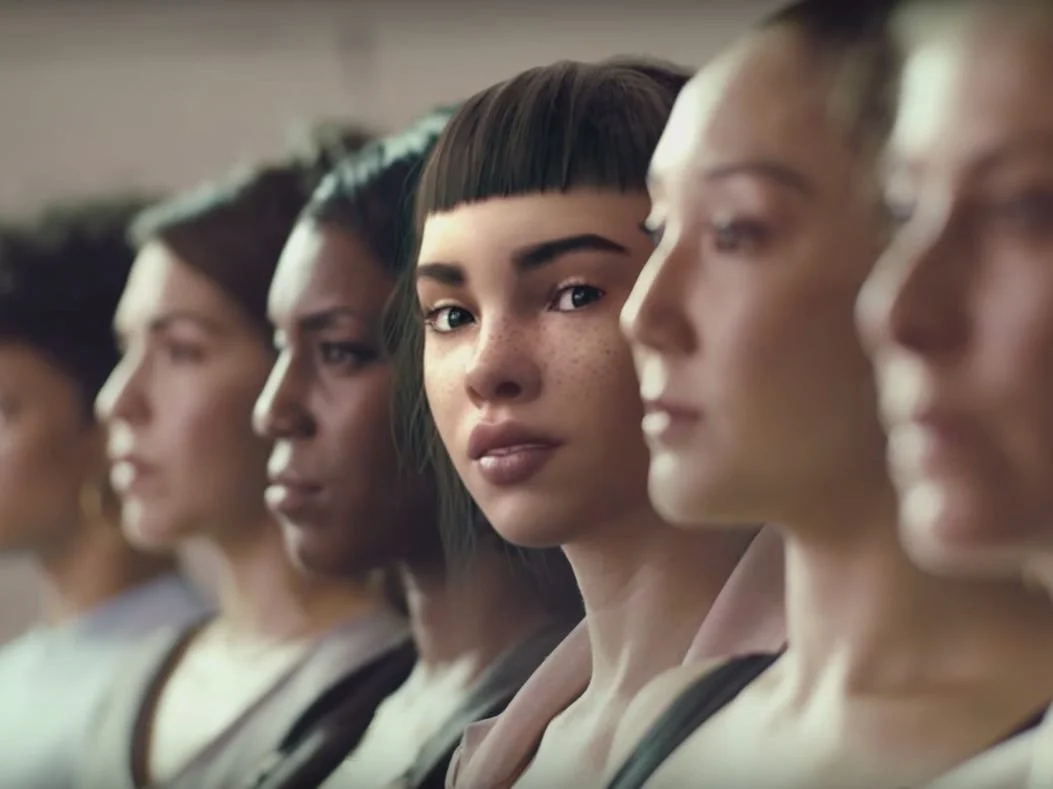Virtual influencers — are they good or bad for brands?
The power of influencer marketing is undeniable. Advertisements of both a paid-for and non-transactional nature are huge all over social media and come in many forms. In 2020, the number of brand-sponsored influencer posts featured on social platforms is set to surpass six billion.
Working with a number of consumer clients means I can vouch for the value of engaging influencer content, and it’s somewhat alluring to be presented with a product on social media from one of our favourite influencers.
Influencer marketing can be very powerful. When people see products being used by others who they readily identify with, whether that’s a celebrity, their fave reality star, a street style icon, or even a B2B influencer, it’s a sure-fire way to appeal to these increasingly social consumers.
But with the emergence of AI, we’re now starting to see ‘virtual’ influencers, which has definitely added a curveball into the influencer marketing scene. However, it’s a development I’ve got my eye on and one that I find quite exciting.
If you’re an avid user of Instagram, you’ve probably caught wind of this trend and know that there’s no denying (in my view) the most famous virtual influencer is Miquela Sousa — or Lil Miquela, as her Instagram handle refers to her as. She’s a beautifully pixelated virtual Instagram influencer who describes herself as a ‘change-seeker robot with the drip.’
Lil Miquela boasts 1.7 million followers and has modelled for some of the world’s largest fashion brands, including Prada, Chanel, Burberry, Fendi and Louis Vuitton. She also recently stirred up controversy when she locked lips with a female model in a Calvin Klein campaign.
To me, what’s more intriguing than the concept of an AI influencer, or the pseudo-marketing campaigns that emerge from virtual collaborations with high fashion brands, is where this innovation is being driven from, and the purpose it serves. Being as dystopian as an episode of Black Mirror, investment from brands is still pouring in – and it’s no surprise.
A recent report conducted by Hype Auditor discovered virtual influencers have almost three times more engagement than your typical (fleshy) influencer.
Lil Miquela is the brainchild of Los Angeles-based tech start-up Brud. According to its website, the company is a transmedia studio that creates digital, character-driven story worlds that have the power to introduce marginalised ideas wrapped in the familiarity of entertainment.
This is definitely the case for Miquela, who’s outspoken about social issues like anxiety and seems to genuinely use her platform for good. In January this year, Brud was valued at a cool $125 million, which isn’t bad…for virtual characters with made-up talents.
Last year, the world’s first AI news anchor debuted in China and it’s another example of a public figure with no physical identity. In addition, KFC also recently unveiled a new, refreshed vision of Colonel Sanders in this digital influencer format (and he’s clearly living his best life).
Perhaps the fluid identity of digital counterparts is what brands buy into – people can be unpredictable and uncontrollable. The flexible nature of AI influencers, and their digital, malleable identities, obviously provides a great opportunity that brands can tap into.
What’s better than a fun, trend-led way to enhance digital marketing across social platforms while keeping a brand fresh and current (also, guaranteed coverage providing they don’t have a digital mood swing)?
I think virtual influencers are a great idea for social brands to experiment with. I’m excited to see how AI influencers will evolve and how the digital spaces of the future will coincide with brands in whatever quirky way that may be. Watch this space!

